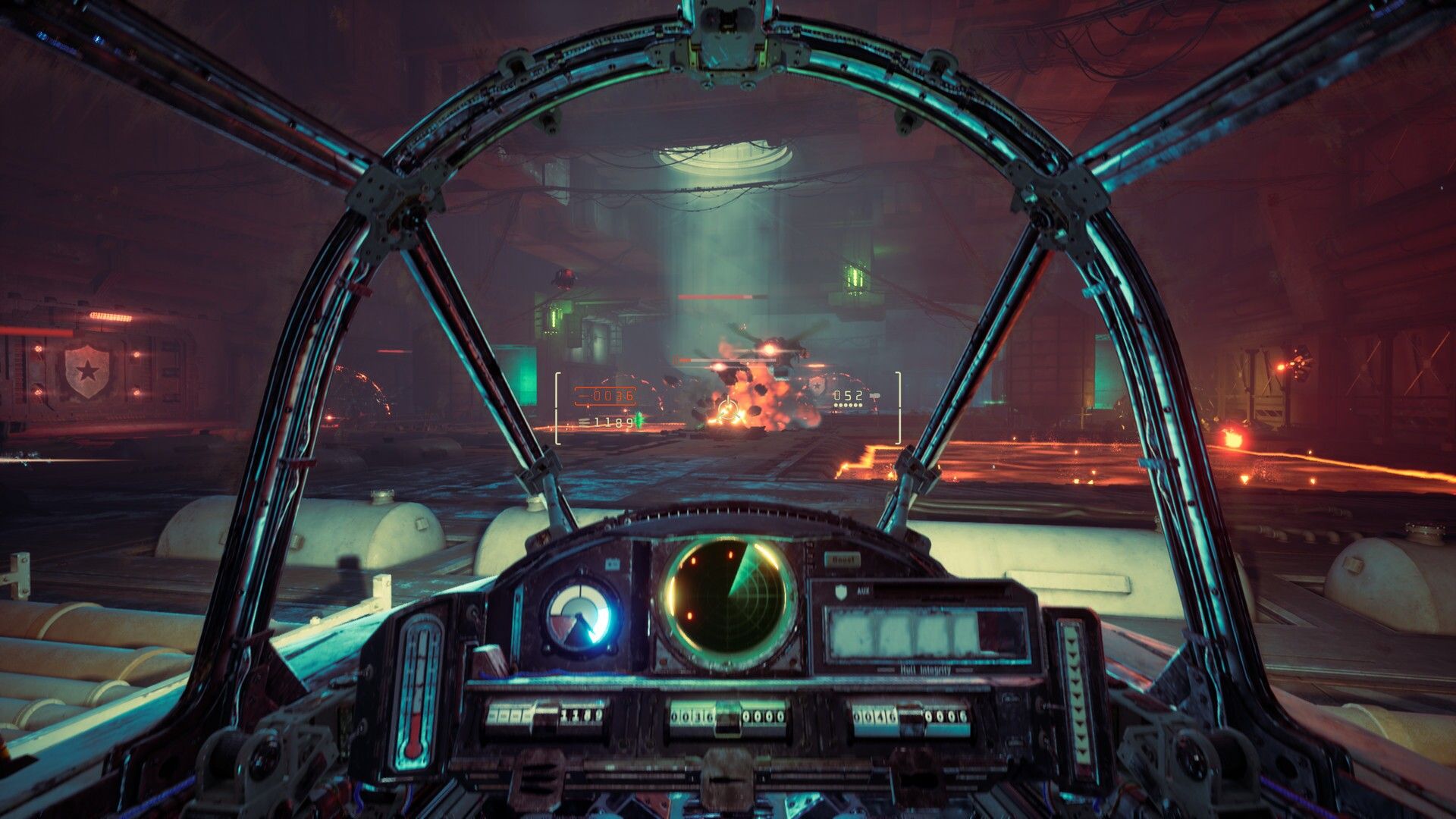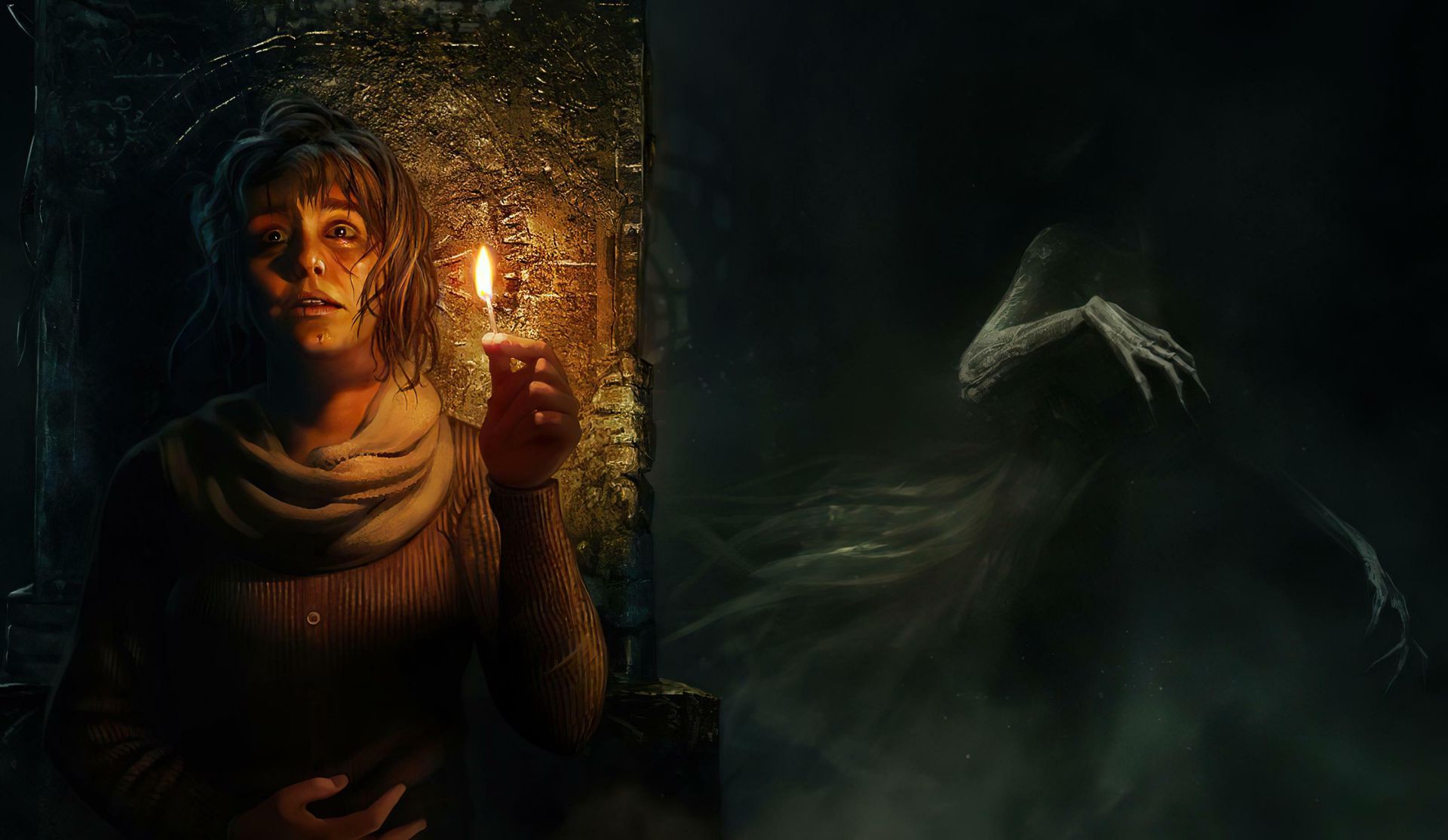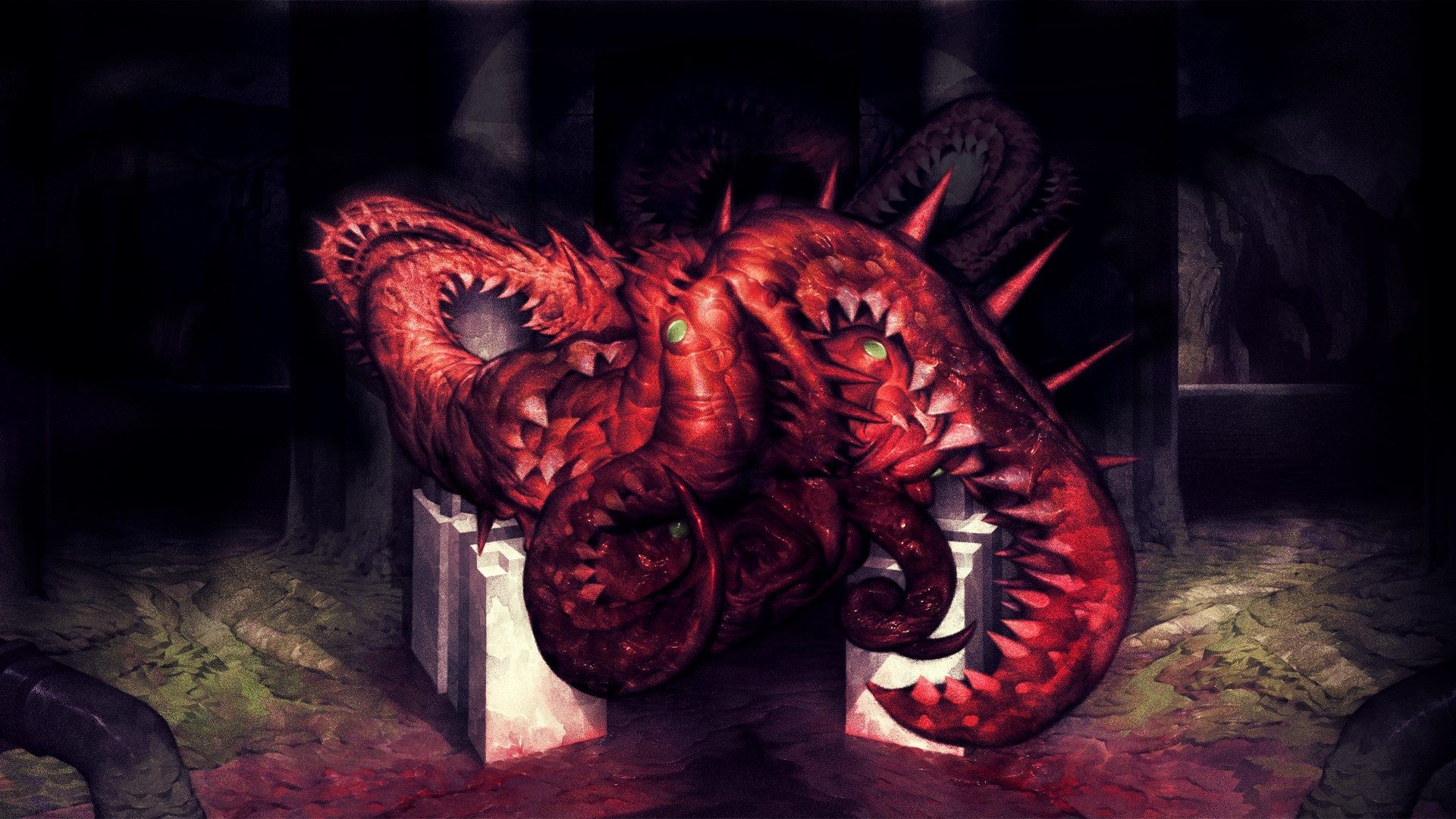The Well

Core Mechanics and Gameplay
In 'The Well', players are cast into a sparse, claustrophobic underworld where simplicity becomes a source of dread. The game’s minimal control scheme—WASD to move, mouse for interaction, space to jump—strips away distractions, allowing pure, distilled tension to surface. Combat and healing, mapped to your mouse buttons, are direct and unforgiving, demanding moment-to-moment awareness. There's no inventory, no guidance—only the sound of your breath and the knowledge that deeper always means darker. It's a design choice that turns each movement into a deliberate, existential gamble.
Atmosphere and Tension
The true horror of 'The Well' lies in its silences. Devoid of exposition, the world hums with an ambient dread, where walls drip with suggestion rather than answers. The ‘Point of No Return’ motif threads through the level design, manifesting as one-way drops, sealed doors, or strange whispers that follow you down deeper shafts. There’s no formal sanity system, but madness creeps in nonetheless—through light that flickers without cause and geometry that bends without notice. The environment is the antagonist, shaping the player’s fear with each oppressive breath.
Exploration vs. Dread
Exploring 'The Well' is like reading a horror poem written in rooms and corridors. The game relies on the player’s interpretation, turning environmental storytelling into a dialogue of dread. Secrets are buried in plain sight, but reaching them often means stepping into places you may not return from. It’s a mechanic that demands courage and punishes complacency. However, this same strength may alienate players who crave narrative clarity or mechanical structure. Here, horror is experienced rather than explained, making it a deeply personal descent into fear.
Image Gallery

Core Mechanics
'The Well' uses ultra-minimalist mechanics to create immersion and dread.
-
WASD Movement and Mouse Interaction
Basic FPS movement and mouse-driven interaction keep focus on tension rather than complexity.
-
Combat and Healing via Mouse Buttons
Survival revolves around timing and tactical use of attacks and recovery tools.
-
No Inventory or HUD
Lack of interface elements enhances immersion, forcing players to rely on instinct and observation.
Tips for Surviving the Descent
Minimal UI means you must depend on your awareness and judgment.
-
Use the Environment to Track Progress
Mark key locations mentally or through environmental cues, since the game won’t help you navigate.
-
Don't Waste Healing
Healing is limited—use it only after retreating to a safe spot. Don’t try to tank damage.
-
Follow the Sound
Audio cues often precede danger. Listen closely for changes in tone or subtle anomalies.
Player Archetypes
In the absence of traditional classes, players develop playstyles shaped by fear management.
-
The Lurker
Avoids unnecessary combat, focuses on stealth and careful observation.
-
The Instinctive Survivor
Reacts quickly to stimuli, prioritizing movement and retreat over exploration.
-
The Seeker
Takes high risks to uncover the game’s deepest secrets and environments. Often walks the edge of danger.
Cultural and Genre Influences
'The Well' draws from a lineage of atmospheric and existential horror.
-
H.P. Lovecraft
Themes of the unknowable and sanity’s fragility inform the game’s dread-fueled design.
-
Silent Hill
Use of environmental unease, distorted architecture, and psychological ambiguity recall classic survival horror.
-
David Lynch
Dreamlike disorientation and nonlinear storytelling evoke the surreal terror of Lynch’s work.
Final Verdict
'The Well' is a study in minimalism and tension, where every moment is a choice between progress and peril. Its austere design amplifies existential horror in a way that few titles dare attempt. This is not a game of monsters—it is a game of fear’s architecture. For players who value mood over mechanics and dread over direction, 'The Well' offers a quiet, haunting spiral into darkness.
Strengths
- Minimalist mechanics enhance atmospheric tension.
- Narrative ambiguity allows for personal interpretation.
- Effective use of the 'Point of no Return' theme.
Weaknesses
- Lack of a sanity system may disappoint some Lovecraftian fans.
- Narrative ambiguity could frustrate players seeking a clear story.
Editorial Review

In the depths of 'The Well', shadows whisper secrets of forgotten realms. Each step you take is a dance with the void, where reality blurs and sanity falters. The absence of light reveals more than it conceals, inviting you to lose yourself in its dark embrace.

There is a profound melancholy in the exploration of 'The Well'. It is a journey through the corridors of the mind, where curiosity and fear wage an eternal battle. The true horror lies not in what is seen, but in the truths we uncover about ourselves.

'The Well' offers a stripped-down survival experience that demands precision and caution. Every mechanic is a tool for survival, and every mistake is a lesson in vulnerability. It's a tactical dance in the face of relentless dread.

'The Well' is a haunting tapestry woven from shadows and silence. It invites you to explore its eerie beauty, where every corner holds a story waiting to be told. The game dances on the edge of terror and wonder, a place where dreams and nightmares intertwine.
You might also like
About the author

Voss
Voss here. If the system hides secrets, I’ll find them. Horror is just a mask for mechanics — and I wear both.




